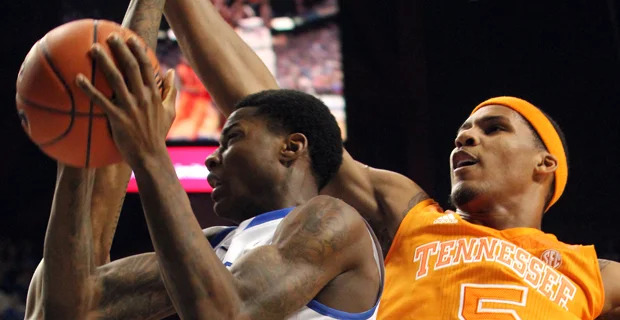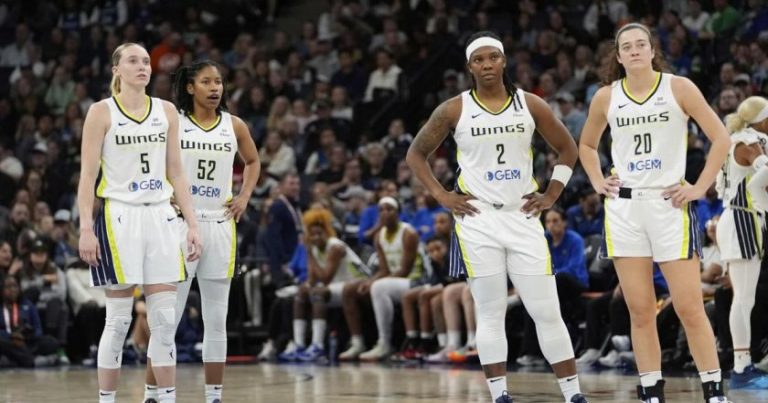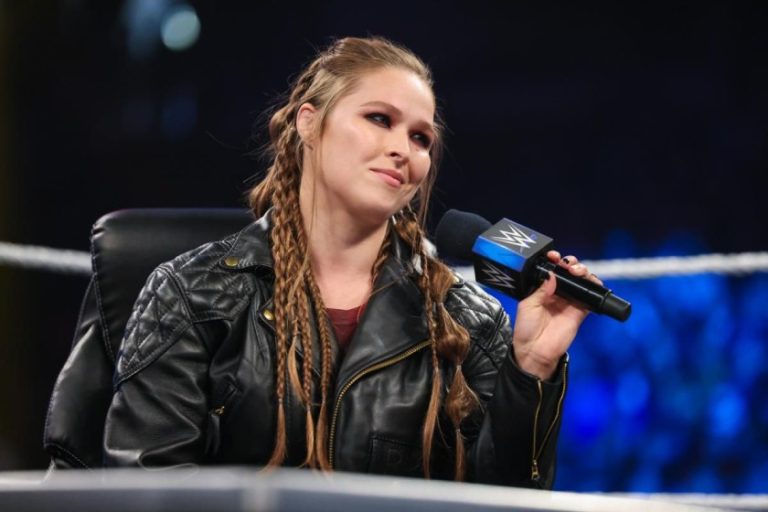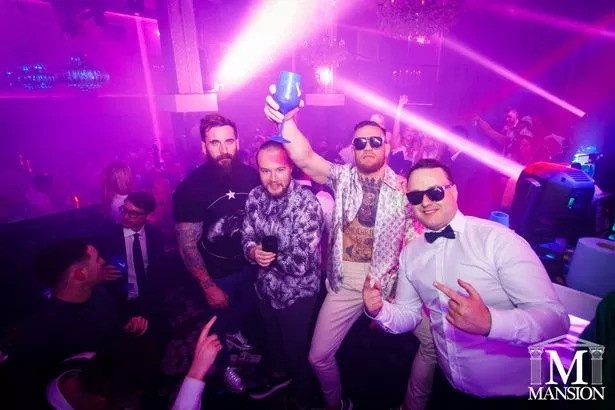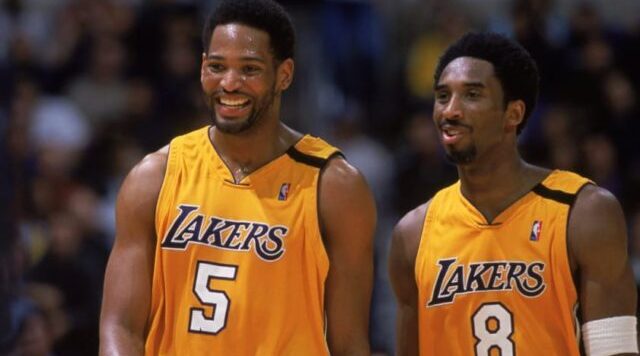
Table of Contents
Key Takeaways
- Seven-time NBA champion Robert Horry shares his unique methods for acquiring rare Kobe Bryant memorabilia.
- Horry emphasizes building genuine connections with team personnel and others to obtain these items.
- His approach focuses on respect and understanding, avoiding accusations of theft.
Introduction
Robert Horry, a name synonymous with clutch performances and seven NBA championship rings, recently unveiled his strategies for amassing an impressive collection of Kobe Bryant memorabilia. Unlike some who might resort to less ethical means, Horry’s approach emphasizes building genuine relationships and understanding the sentimental value these items hold. Let’s delve into how “Big Shot Bob” secured his pieces of basketball history without ever being labeled a thief.
Building Relationships: The Key to Acquiring Memorabilia
For Robert Horry, acquiring Kobe Bryant memorabilia wasn’t about aggressive bidding or underhanded tactics. Instead, it was about cultivating authentic connections within the Lakers organization and beyond. He stressed the importance of getting to know the equipment managers, trainers, and other support staff. These individuals often have access to items that eventually become highly sought-after memorabilia.
“It’s all about who you know,” Horry explained. He highlighted how building trust and rapport with these individuals opened doors that would otherwise remain closed. He wasn’t just another player looking for freebies; he was someone who appreciated the history and legacy of the game. This approach is reminiscent of how players often navigate the complex world of NBA trades and team dynamics.
One specific example Horry cited was his connection with the Lakers’ equipment manager. By understanding the equipment manager’s role and responsibilities, he gained insights into when and how certain items might become available. This insider knowledge allowed him to respectfully inquire about acquiring specific pieces, often with a personal touch that made all the difference. His network wasn’t limited to the Lakers; he fostered relationships across the league, understanding that opportunities could arise from unexpected places. For more on NBA news, you can visit ESPN.
Respecting the Value: Beyond Monetary Worth
Horry’s approach also underscores the importance of respecting the sentimental value attached to memorabilia. He understood that these items weren’t just commodities; they represented moments, achievements, and legacies. By demonstrating a genuine appreciation for what these items symbolized, he positioned himself as a worthy recipient.
This respect extended to how he handled the acquisition process. He avoided pressuring individuals or making demands. Instead, he approached each situation with humility and understanding, recognizing that the decision to part with an item was a personal one. This nuanced approach ensured that he never crossed the line into feeling entitled or exploitative.
Horry also acknowledged that some items were simply off-limits due to their profound personal significance to others. He respected those boundaries, understanding that some memories are too precious to be commodified. This sensitivity further solidified his reputation as someone who valued relationships over possessions. For more on the NBA’s history and key players, you can always reference NBA Stats.
Avoiding the “Stealing” Label: Ethical Considerations
The very notion of “stealing” Kobe Bryant memorabilia highlights the ethical considerations surrounding the acquisition of valuable items. Horry consciously avoided any actions that could be perceived as unethical or exploitative. His focus on building relationships and respecting sentimental value served as a safeguard against such accusations.
He emphasized that transparency and honesty were paramount. He never attempted to conceal his intentions or misrepresent the value of the items he sought. Instead, he openly communicated his interest and demonstrated a willingness to compensate individuals fairly, whether through monetary means or reciprocal gestures.
Horry’s approach stands in stark contrast to those who might attempt to acquire memorabilia through illicit means, such as theft or fraud. By prioritizing ethical conduct and building genuine connections, he ensured that his collection was not only valuable but also ethically sound. This ethical stance is something that resonates with true sports fans and is often reflected in discussions surrounding athlete endorsements and public image.
The Power of Patience: A Long-Term Strategy
Acquiring a significant collection of memorabilia requires patience and a long-term perspective. Robert Horry understood that building relationships and earning trust takes time. He didn’t expect immediate results; instead, he cultivated connections over years, fostering a sense of mutual respect and understanding.
This patient approach allowed him to capitalize on opportunities that might have been missed by others. He was willing to wait for the right moment, understanding that the best acquisitions often come to those who are willing to invest the time and effort. His approach mirrors that of successful NBA general managers when building a championship-contending team.
Horry’s long-term strategy also allowed him to build a more diverse and meaningful collection. By focusing on relationships rather than immediate gratification, he was able to acquire items that held personal significance and reflected the unique stories behind them.
Conclusion
Robert Horry’s approach to acquiring Kobe Bryant memorabilia offers valuable lessons on the importance of building relationships, respecting sentimental value, and prioritizing ethical conduct. His story reminds us that true treasures are often acquired through genuine connections and a deep appreciation for the history and legacy they represent.
What pieces of sports memorabilia do you value most, and what stories do they tell? Let us know in the comments below and don’t forget to share this article.
FAQs
1. How did Robert Horry acquire Kobe Bryant memorabilia?
Robert Horry acquired Kobe Bryant memorabilia by building relationships with team personnel and respecting the sentimental value of the items.
2. What was Robert Horry’s approach to collecting?
Horry focused on ethical acquisition, transparency, and understanding the personal value items held for others, avoiding any perception of theft or exploitation.
3. Why is building relationships important in memorabilia collecting?
Building relationships allows for access to rare items and fosters trust, making individuals more likely to share their treasured possessions.
